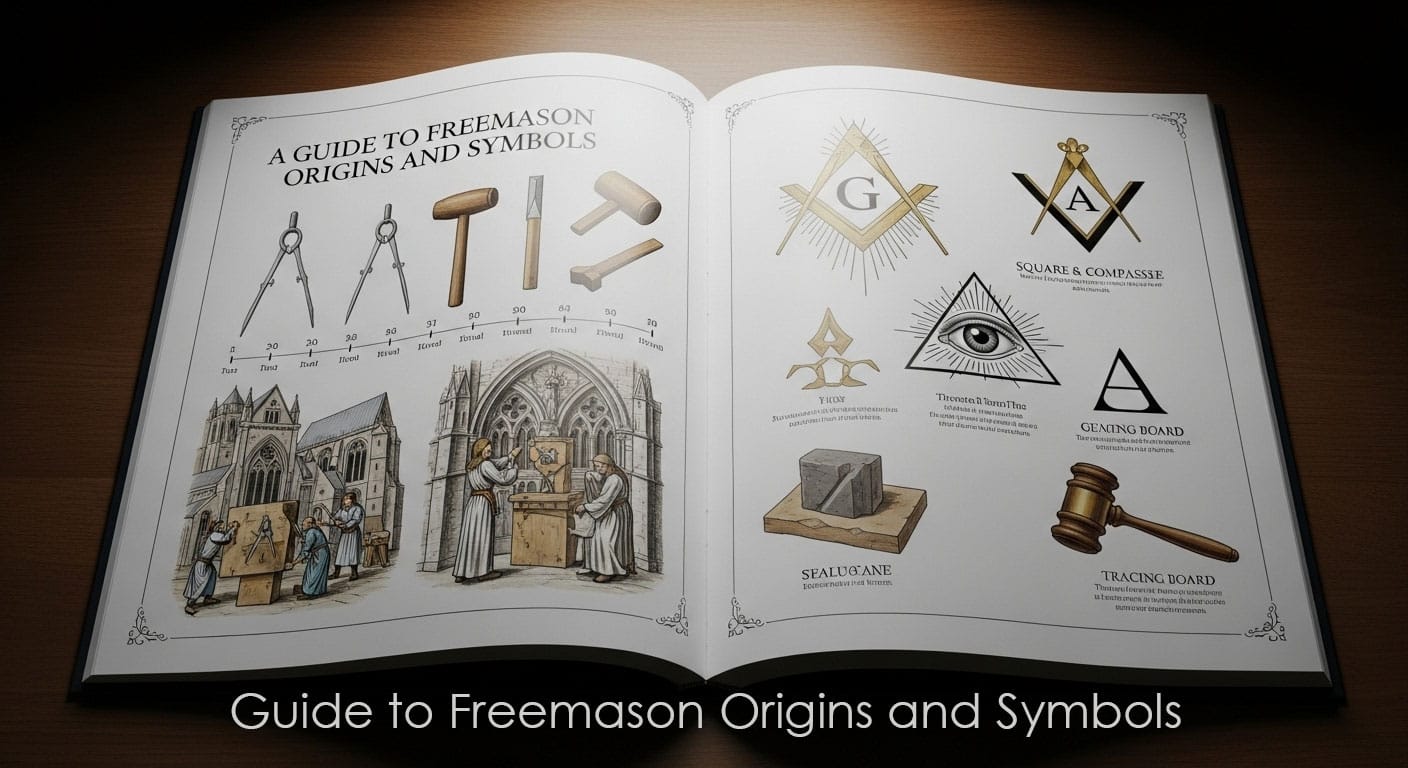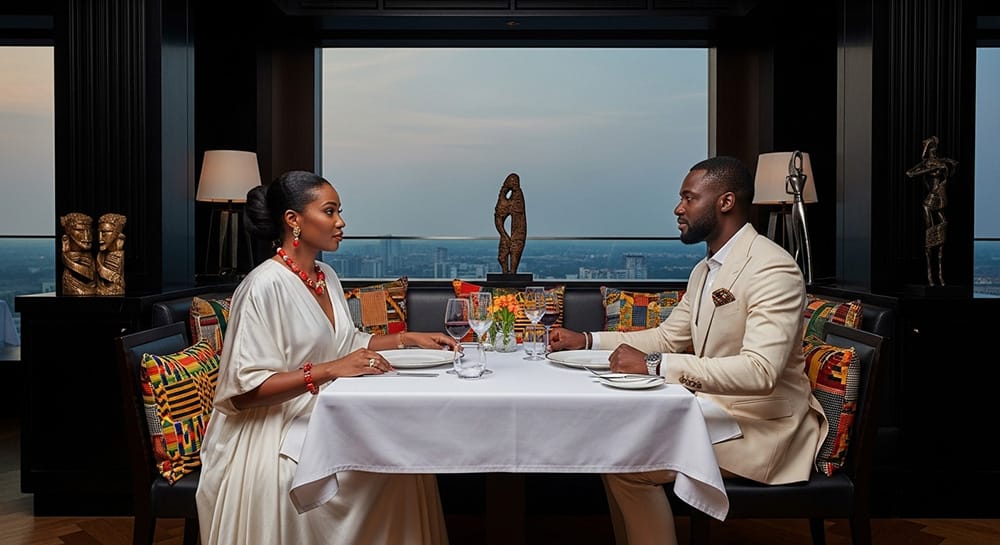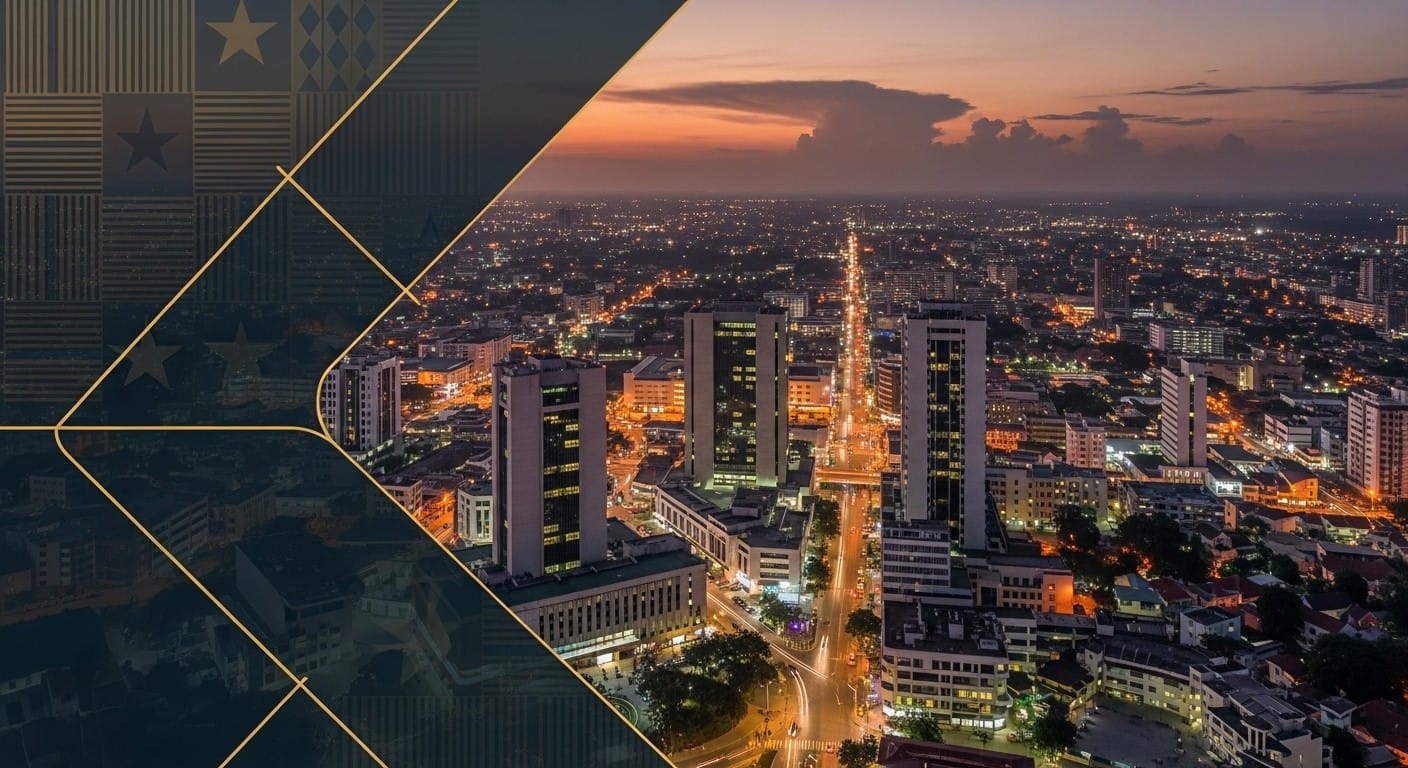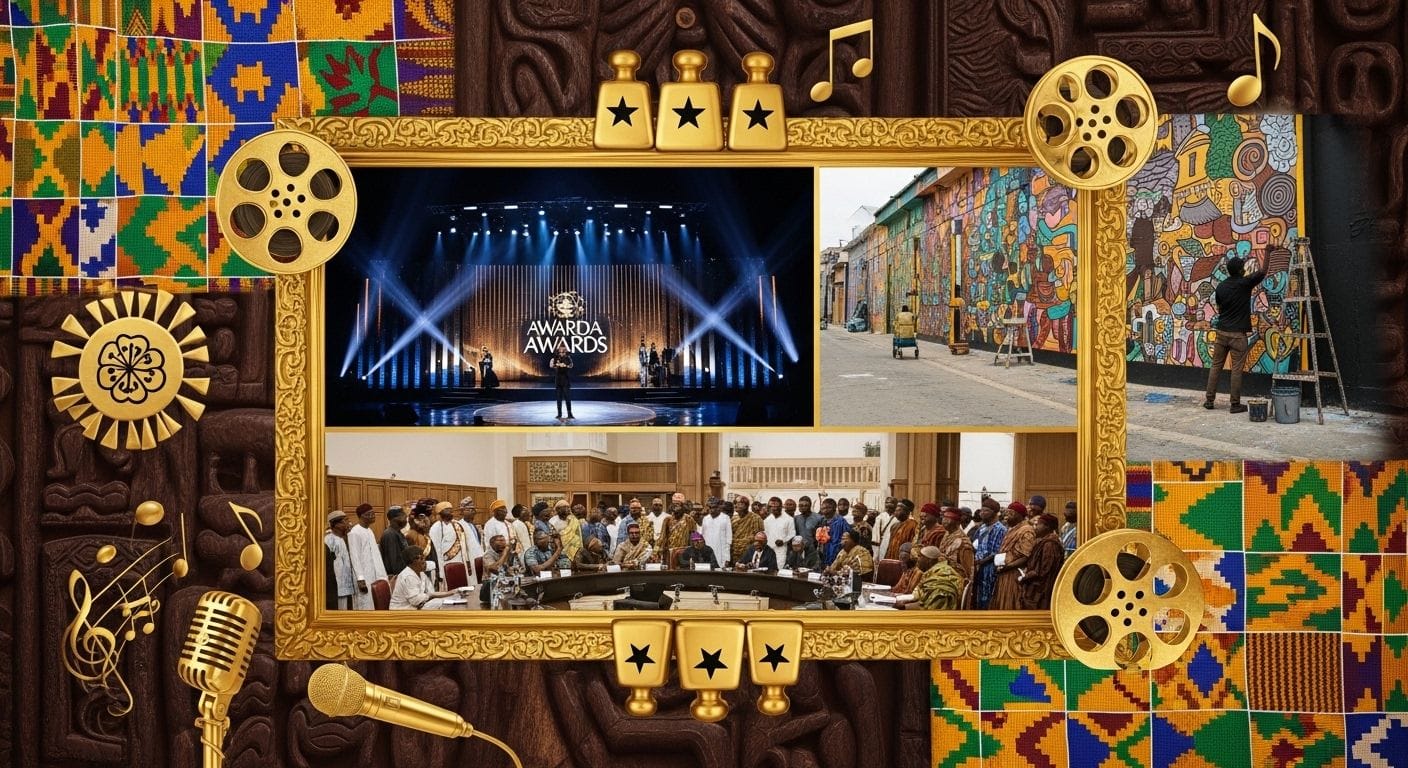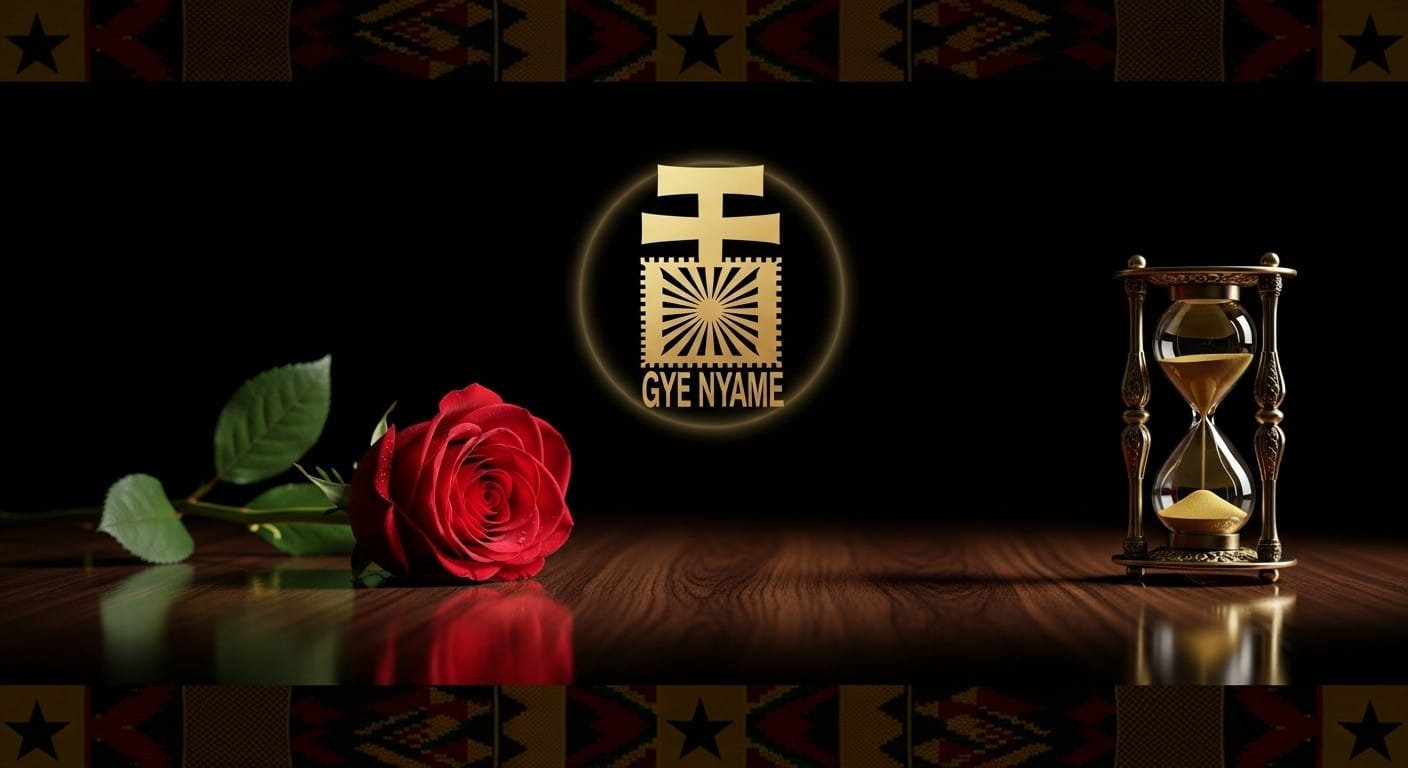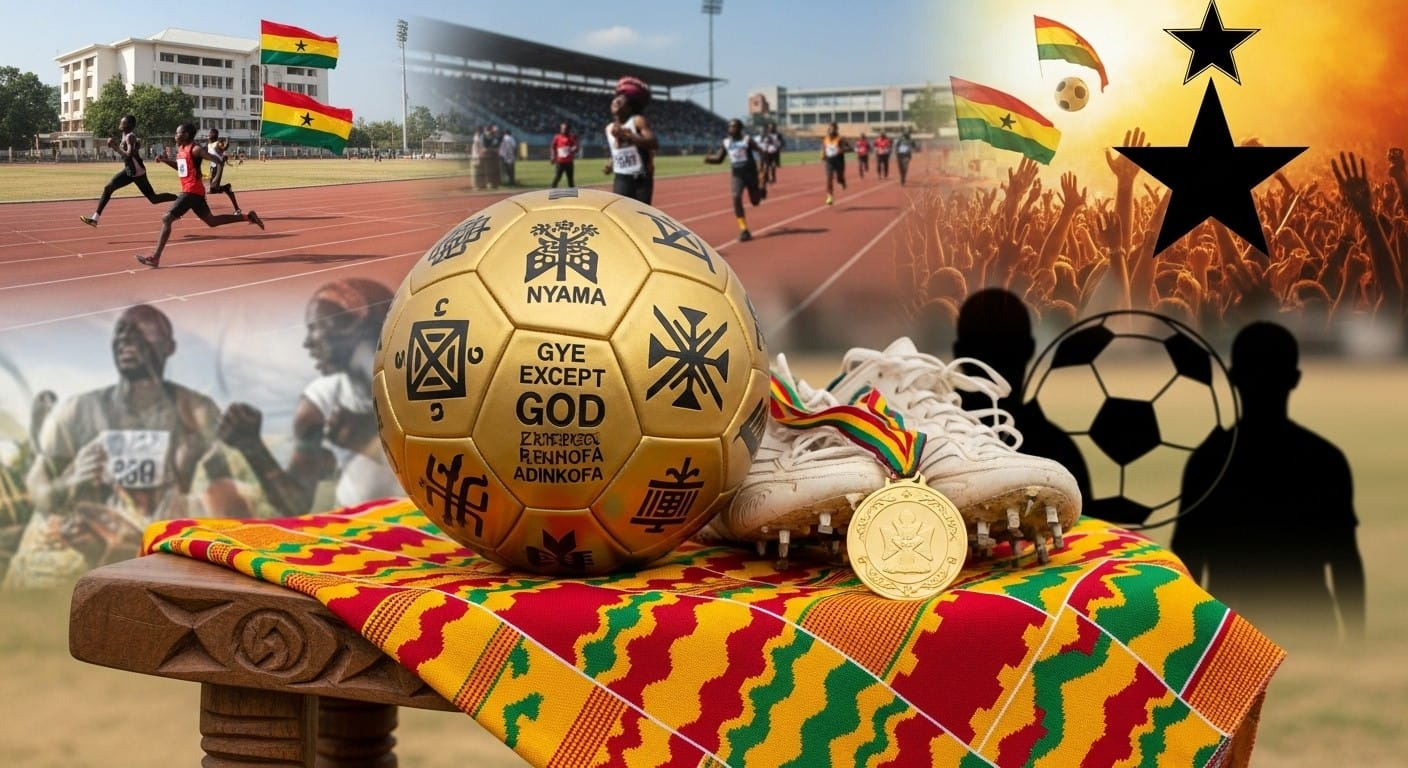Freemasonry, one of the world’s oldest and most renowned fraternal organizations, is often shrouded in mystery and misconception. At its heart, it is a self-improvement association dedicated to making good men better through moral, intellectual, and spiritual lessons. This guide delves into the authentic Freemason origins and symbols, drawing from historical records to demystify one of the world’s most fascinating fraternities.
The Historical Roots of Freemasonry
The evolution of Freemasonry traces back centuries, transitioning from a practical craft guild to a philosophical society that has spread across the globe.
From Operative Stonemasons to Speculative Masons
The most widely accepted history traces Freemasonry to the medieval stonemasons’ guilds. These “operative” masons built Europe’s great cathedrals and castles, developing secret modes of recognition—like handshakes (grips) and passwords—to protect their trade secrets and identify their skill level. In the 17th century, the organization began to evolve into “speculative” Masonry, accepting men who were not stonemasons but were drawn to the fraternity’s moral and ethical teachings. The first recorded initiation of a speculative English mason was Elias Ashmole in 1646, marking a pivotal shift towards a philosophical brotherhood.
The Birth of Modern Freemasonry: The Grand Lodge of 1717
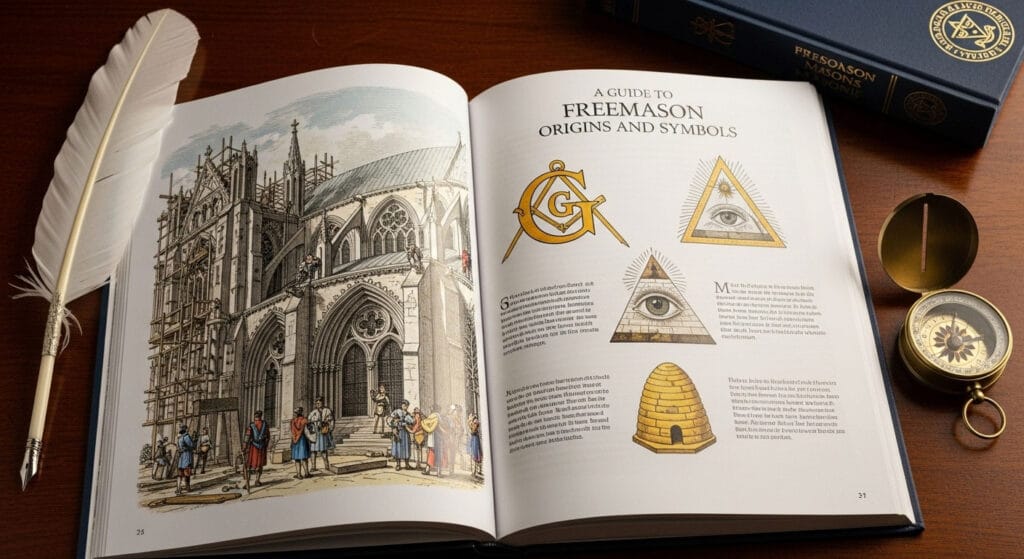
Modern Freemasonry was formally established on June 24, 1717, when four London lodges met at the Goose and Gridiron Tavern and formed the first-ever Grand Lodge. This body, known as the Premier Grand Lodge of England, began to standardize rituals and practices. In 1723, James Anderson published The Constitutions of the Free-Masons, a rulebook that grounded the fraternity in Enlightenment principles of reason, moral self-improvement, and a universal belief in a Supreme Being, which allowed it to flourish and attract members from the intellectual and social elite.
Core Principles That Guide a Mason
Freemasonry is founded on a set of timeless principles that guide a member’s conduct and foster a sense of universal brotherhood.
- Brotherly Love: This principle encourages mutual respect, support, and friendship among members, transcending all personal differences.
- Relief: Masons are taught to practice charity and care for their community, providing relief to those in need, both within the fraternity and in society at large.
- Truth: This represents a commitment to honesty, integrity, and the continuous pursuit of knowledge and self-awareness.
A core requirement for membership is a belief in a “Supreme Being.” This concept is intentionally non-denominational, referred to as the “Great Architect of the Universe,” allowing men of different faiths—be it Christian, Jewish, Muslim, or otherwise—to unite under a shared moral framework without conflict.
Decoding Masonic Symbolism: A Language of Morality
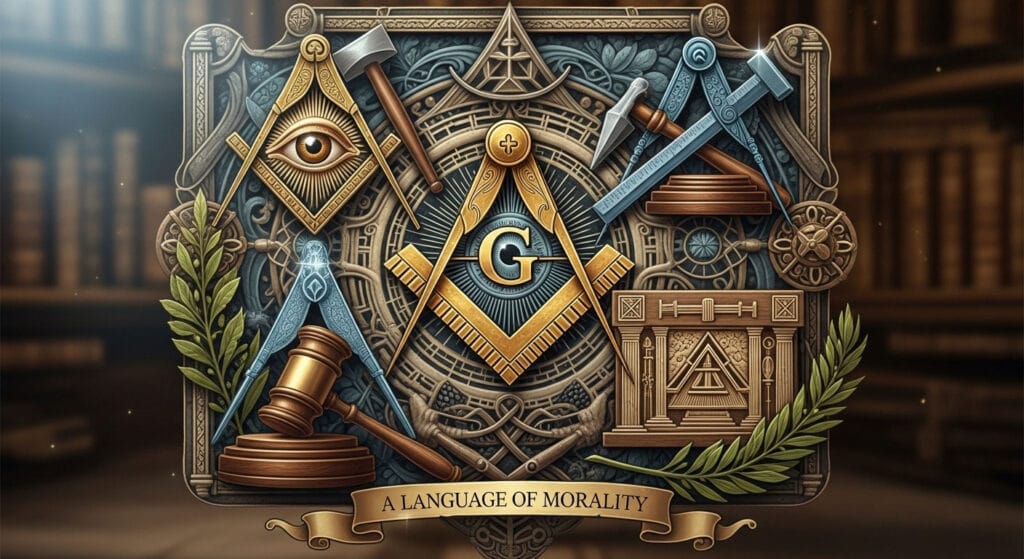
Freemasonry teaches its complex moral and ethical lessons through allegory and symbolism. Understanding this Masonic symbolism is key to grasping the fraternity’s philosophical depth. These symbols, primarily derived from the tools of stonemasonry, are used to illustrate principles for a virtuous life.
The Square and Compasses: The Iconic Emblem
The single most recognizable symbol of the fraternity is the Square and Compasses.
- The Square represents morality, truth, and honesty. It reminds a Mason to “square his actions” and deal fairly with all people.
- The Compasses symbolize the importance of self-control and keeping one’s passions within due bounds.
- The Letter “G” often found in the center, typically stands for God and Geometry, which Masons consider the “noblest of sciences” and the basis of the universe.
The All-Seeing Eye: A Symbol of Divine Providence
The Eye of Providence represents the constant presence of the Supreme Being, reminding Masons that their thoughts and actions are always observed. Contrary to conspiracy theories, its common use in Masonry began in 1797, well after it was incorporated into the Great Seal of the United States.
The Working Tools: Moral Lessons in Stone
Other stonemason’s tools are used to teach important life lessons:
- The Level: Symbolizes equality and reminds Masons that they are all on the same level, regardless of their station in life.
- The Plumb: Represents uprightness of character and the importance of living a moral and just life.
- The Trowel: Symbolizes the act of spreading brotherly love and unity, binding members together with the “cement” of affection and kindness.
The Masonic Journey: Structure and Degrees
A Mason’s journey is marked by a progression through three symbolic degrees, each teaching valuable moral lessons through allegory and ritual.
The Three Craft Degrees
The core of “pure, ancient Freemasonry” consists of three degrees, which are allegorically based on the building of King Solomon’s Temple. No degree is considered higher or more important than that of a Master Mason.
| Degree Name | Symbolic Focus | Core Lesson |
|---|---|---|
| Entered Apprentice | An unformed, rough stone | The beginning of a moral journey, focusing on self-awareness, discipline, and conquering personal vices. |
| Fellowcraft | A skilled craftsman | The pursuit of knowledge and intellectual enlightenment through the liberal arts and sciences. |
| Master Mason | A master craftsman | Lessons on wisdom, mortality, and the duty to live a life of integrity and fidelity. |
Addressing Common Myths
The fraternity’s private nature has fueled centuries of speculation. However, Freemasonry actively works to clarify these misconceptions with facts.
Is Freemasonry a Secret Society?
No. Freemasons describe their organization as a “society with secrets,” not a secret society. Meeting places are public, members often wear identifying emblems, and vast amounts of information about the fraternity are published openly. The “secrets” are limited to the traditional modes of recognition (grips and words) used to prove membership.
Is Freemasonry a Religion?
No. Freemasonry is not a religion, nor is it a substitute for one. It does not have its own theology or sacraments. While members must believe in a Supreme Being, the fraternity welcomes men of all faiths and forbids religious and political discussions in its meetings to maintain harmony.
An Enduring Legacy of Brotherhood and Service
From its practical roots in stonemasonry to its complex moral allegories, the history and traditions of Freemasonry offer a compelling look into a brotherhood dedicated to self-improvement and societal good. Through its emphasis on moral virtue, lifelong learning, and extensive charitable work—donating millions to causes like hospitals, disaster relief, and education—the fraternity continues to build a positive legacy in communities around the world, proving its relevance and enduring appeal centuries after its formation.

